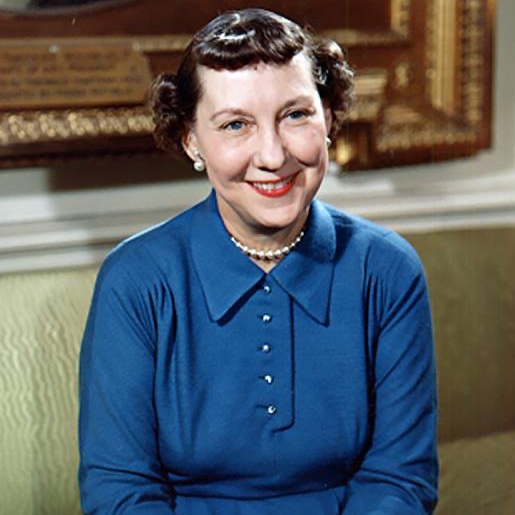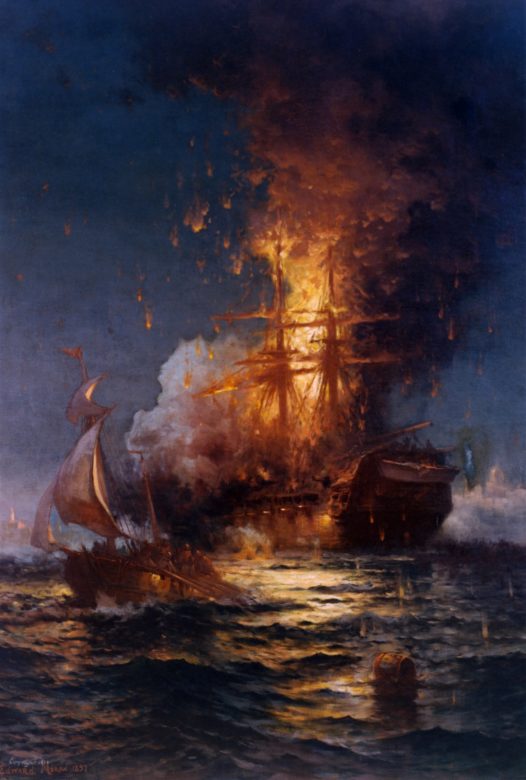On November 17, 1965, Princess Margaret of England and her husband, the Earl of Snowdon, attended a dinner and dancing party at the White House at the invitation of President Lyndon B. Johnson and First Lady Claudia “Lady Bird” Johnson. 1/10 

Just before the dessert course, the president’s daughter, Lynda Johnson, stood and asked the guests to join her in a toast to her parents’ thirty-first wedding anniversary, which happened to be the same night. 2/10
President Johnson’s toast to Princess Margaret also mentioned his anniversary: “I am personally very glad that you could be here on the evening that marks the beginning of my 32d year with the most wonderful woman in the world. . . . 3/10
“ . . . You are somewhat younger than I, Lord Snowdon, and you have been married a few years less than I. And I trust that you will not be offended if I take this occasion to offer you a little senior advice. . . .” 4/10
“ . . . I have learned that only two things are necessary to keep one’s wife happy. First, let her think that she is having her way. And second, let her have it.” 5/10
Princess Margaret responded: “May I first of all say congratulations to you and Mrs. Johnson on your 31st wedding anniversary. We would just like to tell you how excited we are to be here with you in the White House tonight.” 6/10
At the conclusion of the dinner, all guests moved to the East Room for a night filled with dancing. To start the festivities, the president danced with the princess while the earl danced with the first lady. 7/10
By all accounts, the evening was a huge success. The vivacious princess and the earl charmed the guests by dancing the night away. 8/10
When Princess Margaret and the Earl of Snowden finally departed at 1:40 AM, the president and first lady walked with them to the North Portico before returning to the floor for the final dance. Finally, at 2:00 AM the couple retired, walking to the elevator “hand in hand.” 9/10
Learn about Social Secretaries in this episode of our podcast, The #1600Sessions: whitehousehistory.org/1600-sessions/… 10/10
• • •
Missing some Tweet in this thread? You can try to
force a refresh





















